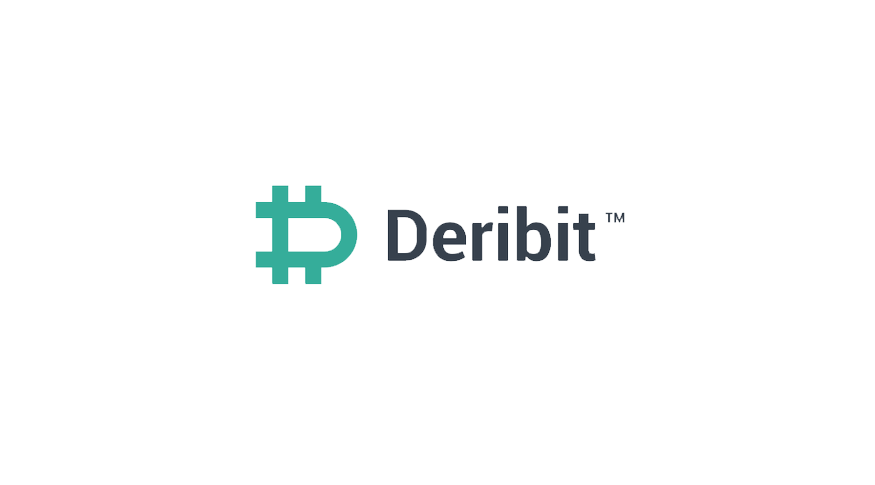The team of bitcoin futures exchange Deribit recently informed users that its massive system infrastructure update has been finalized. For more than half a year, the development team was working to overhaul the architecture of the Derbit trading platform. The goal was to create a platform that is truly built to scale, potentially to millions of users. The company acknowledged this was the reason users have been waiting extra time for the introduction of new products.
Now with the extensive upgrade complete, and scalability ready, new products and features will be coming in the near future, with one already introduced. Like with any large upgrade it is possible that the system encounters some problems over the next several weeks. So far so good as no issues have been reported yet.
Upgrade in Context
Deribit used to have a traditional architecture where all activities of its trading book were dealt with on the same server, which did not properly take scalability into account. This led to certain performance bottlenecks. In order to fix these issues and for the exchange to continually perform with blazing fast execution, the servers for the exchange now run on a large cluster of dedicated servers, where the matching engines are running on isolated servers.
The matching engines do all of the matching and order handling for the trading books. The isolated server setup constantly sends out order state updates to the webservers to which all Derbit users connect to. The new design is flexible, allowing Deribit to launch an almost unlimited amount of web servers to which users can connect with. The architecture is such that if a problem would appear on the matching engine server, a web server can easily be converted to become a matching engine server.
The Deribit team said:
“This means that we do not even need specific backup servers anymore, as all our web servers are effectively stand-by replacements. Thanks to this new setup, we can now handle a virtually unlimited amount of messages and requests. The matching engine is now also extremely efficient and only has to deal with trade matching, and adding or removing orders from the order books.”
Introduction of Sub-Accounts
The first new feature introduced to Derbit after the upgrade was the addition of sub-accounts. Sub-accounts allow for the separation of a portion of a trading account, both administratively and from a margining perspective. Every account can generate a maximum of 4 sub-accounts that allow for the implementation of managed accounts and dedicated margin for certain trades or strategies.
- Managed Accounts Possible – The sub-accounts allow for the creation of separate login data, but the subaccount login does not give any right to withdraw funds. This means a manager or adviser could get access to a sub-account and execute trades on behalf of the client without being able to withdraw funds or access the main account.
- Isolated Margining of Trades and Strategies – Normally all positions in a Deribit account are cross-margined, this means that there is one pool of available margin for all positions and one sufficiently large liquidation could have a big impact. Sub-accounts are individually margined so they can be used to allocate a certain amount of margin to a given trade or strategy. Say for example that a trader wants to put on a risky trade or a new bot-based strategy; both should not impact the total amount of margin if they go wrong. These risky trades or strategies could be assigned to separate sub-accounts protecting the margin in the rest of the account. Users can instantly transfer funds between the main account and sub-accounts. This means margin can be increased and decreased at a moment’s notice.
[embedyt]https://youtu.be/KQAviKZrXz8[/embedyt]






















